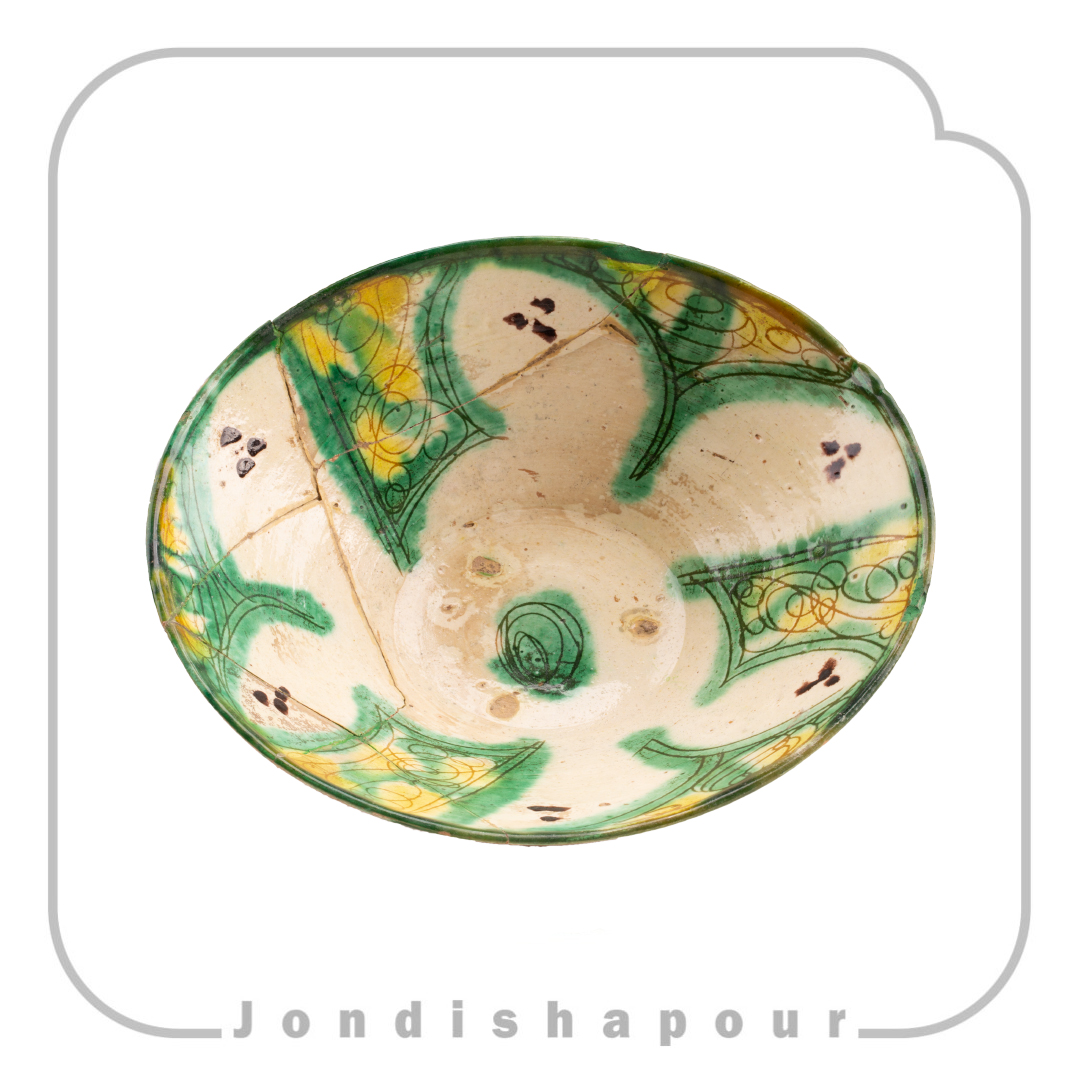The pottery is one of the most important and oldest artistic handmade works of the man that has remained alive from the ancient time to the present. Due to the specific geographical location of their country on the way of the highway of civilizations, Iranians have not only been one of the pioneers in terms of pottery-making but also have been regarded as the most dexterous nation in this field. The pottery-making has been practiced in four residential areas of Iran as follows:
- The western region of the country in areas surrounding Zagros Mountains and close to Kermanshahan
- Southern shores of Caspian Sea
- Northwestern areas of Azerbaijan
- Southeastern regions of Iran close to the desert and central areas
Some potteries have been discovered in Iran that date back to some 8,000 years ago. The oldest potteries discovered in the archeological excavations in Iran are those unearthed in Ganj Tepe Valley in the province of Kermanshah that date back to the 8th millennium B.C. Some of these ancient items (with the history of 8,000-year old) have been discovered in regions such as Qotri to the south of Mazandaran province and close to the city of Behshahr, Tepe Zaqeh in Gazvin plain, Cheshmeh-Ali in Tehran and Tepe Sialk in Kashan. Potteries discovered in these areas are coarse with a soft internal part. To get adhesiveness, some materials such as grinded straws and vegetables were added into the original compound of these potteries that were water and soil. The pottery wheels were not used at the time of making these items. At that age, the temperature of the kiln was not controllable. Therefore, the final product was not completely hard and it did not have a consistent coloring. Sometimes, the internal part of the pottery remained gray or black to the low amount of the temperature (it was the case in the 6th millennium B.C.).

















